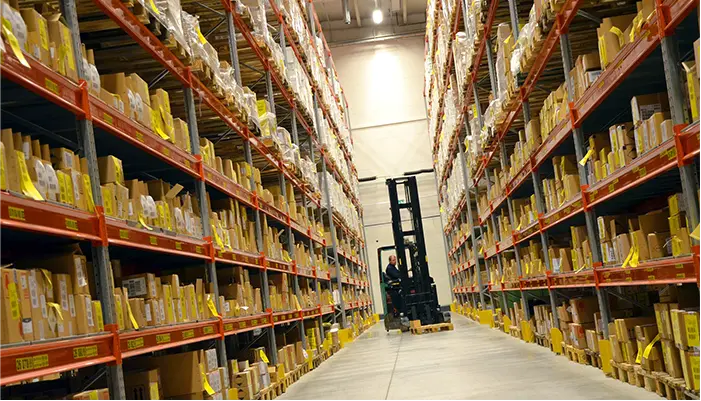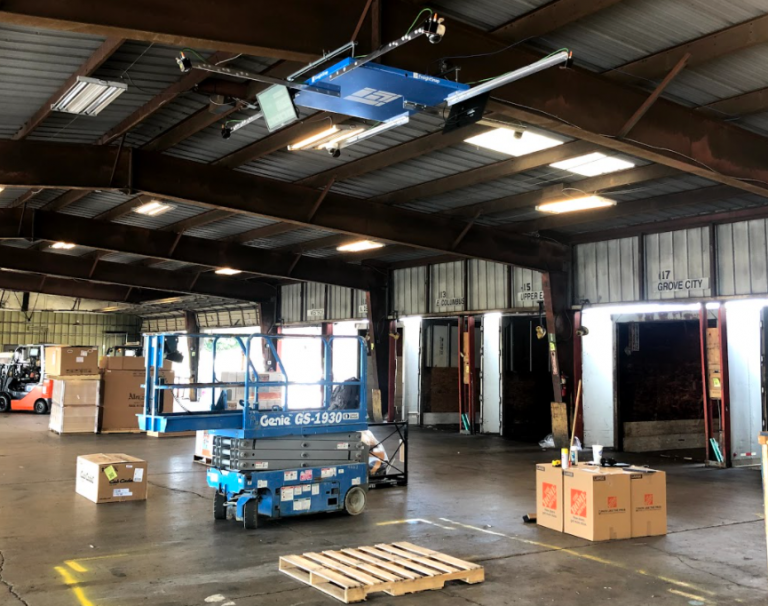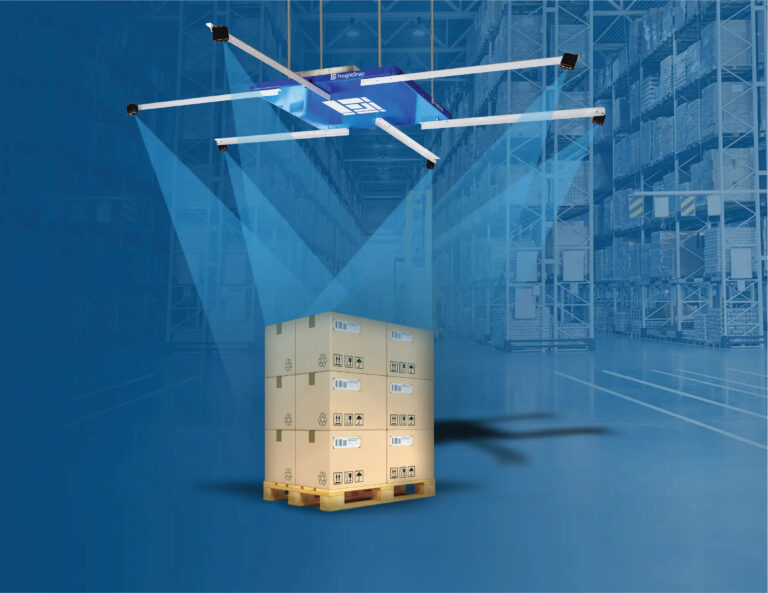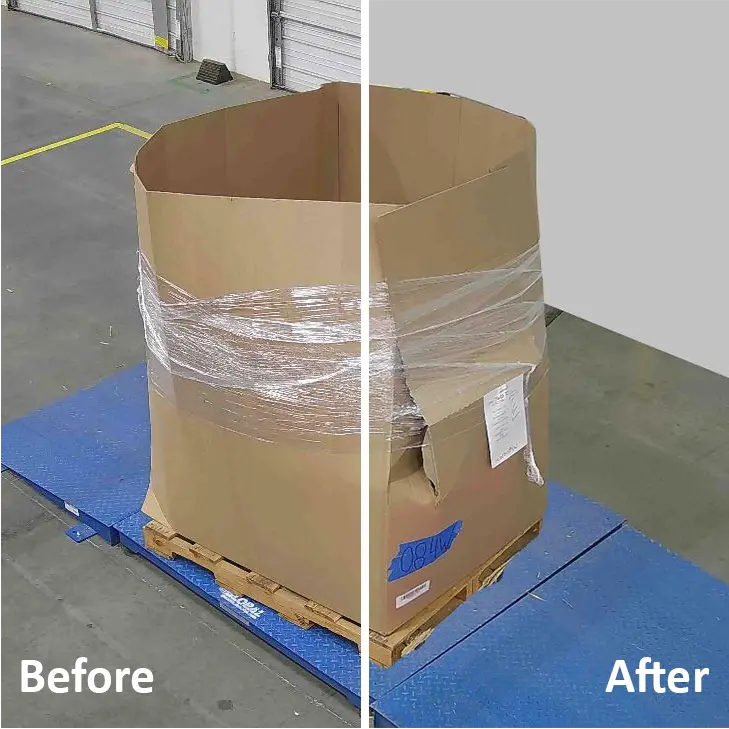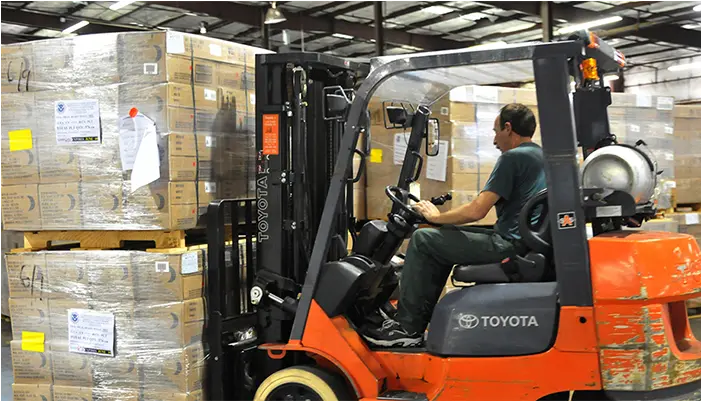By now, we’ve all heard about the shift to density based pricing in the LTL industry. With major carriers like FedEx Ground, UPS, Old Dominion Freight Lines, Estes Express Lines, SAIA and others making the shift, it’s only a matter of time before DIM pricing becomes the norm. And although many carriers will probably allow their customers to use the conventional NMFC class-based system for awhile yet, it will still be helpful to know the pros and cons of the new pricing model and how they can affect your business.
First, let’s take a look at some of the changes that shippers will have to adjust to as more carriers get on board with DIM pricing.
Cons of density based pricing for shippers
In the past, carriers had little leverage when it came to re-billing clients for improperly classed freight. It was time-consuming to measure and weigh every pallet by hand, but now, as automatic dimensioners have taken hold, carriers are able to quickly and accurately calculate the density of virtually every pallet that comes through their docks. Armed with these measurements, which are certified by the National Conference of Weights and Measures, they’re able to re-class and re-bill their clients accordingly, while getting paid for the space that’s actually being used inside their trucks. For shippers who have regularly shipped freight at a lower-than-correct freight class, this could ultimately mean paying higher rates.
New dimensional data may also cause carriers to take a closer look at their old freight of all kinds (FAK) contracts, which allowed shippers to negotiate a flat class rate for a mix of goods that would have typically been shipped at different classes. If you’re a shipper who regularly ships on FAK rates, you may be hearing from your carrier about renegotiating. In the future, FAK rates may also be harder to come by as carriers are able to better determine how much money they’re making or loosing on these kinds of deals.
Lastly, the conversion to DIM pricing may require shippers to update or adjust their current freight management tools and software to work with the new model. And as most of us know, system-wide updates aren’t usually free.
Summary
• Rates may rise for shippers who have been shipping at lower-than-correct freight classes
• Old FAK rates may be renegotiated
• Carriers may be less likely to offer FAK rates in the future
• Updating freight management systems could come with a price
Pros of density based pricing for shippers
Like any major change, dimensional weight pricing will undoubtably cause some initial discomfort as shippers learn to adjust. However, the benefits in many shipper’s and carrier’s minds are well worth the challenges. According to carriers already using density pricing, switching over will essentially take all the guesswork out of rate calculation.
The current class-based system factors in variables like stow-ability, handling and liability, in addition to density, making it difficult for shippers and carriers alike to properly classify their freight. The density only approach, however, will eliminate these additional variables and the disputes over commodity class along with them. When you remove the guesswork, you also reduce the possibilities of undercharging or overcharging customers, which creates more balance and transparency between carriers and shippers.
With a less complex pricing model, also comes the benefit of less complex budgeting. Shippers will be able to more easily predict their future shipping costs and avoid unexpected budget busters like re-class fees and re-billing.
Finally, DIM pricing will encourage shippers to pack pallets, crates and individual packages to their maximum density. This should reduce the use of excess packing materials, leading to less waste, more tightly secured goods, and pallets that are easier and safer to handle. Not only that, but as shippers pay more attention to density, carriers will be able to ship greater density loads. This will help them lower their operating costs and in turn, pass the savings on to their clients.
Summary
• Takes the guesswork out of rate calculation
• Prevents accidental overcharges from carriers
• Could end time-consuming disputes and negotiations over commodity classes
• The more balanced pricing model will cause greater transparency between carriers and shippers, allowing more collaboration
• Easier rate calculation makes budgeting for future costs more predictable
• Better packing technique from shippers will result in less packing waste, and safer pallet handling
• More dense carrier loads will reduce carrier costs, and allow carriers to pass savings to clients

